Who are the scouts?
November 7, 2017
Cookies.
Samoas. Thin Mints. Tagalongs. Savannah Smiles. Do-Si-Dos. Trefoils.
When people hear someone say “Girl Scouts,” all they think of is cookies.
I’ve experienced it myself. I am a Girl Scout of 11 years, and I’ve been told by people in numbers so large I quit counting that they did not think Girl Scouts did anything for the community. Some even said that they thought Girl Scouts had vanished.
I am now a part of the highest rank in Girl Scouts, an Ambassador. As an Ambassador, I get to work on the most prestigious award available to us: the Gold Award.
Whenever I tell people that I’m working on my Gold, without fail, their first question is “Is that like the Eagle Scout project?”
No matter how much I would love to lash out and completely bash the idea that it’s similar, I say a watered down version of the truth, “It’s the greater equivalent.”
Whenever I tell people that I’m working on my Gold, without fail, their first question is “Is that like the Eagle Scout project?”
— Hollan Borowitz
The Eagle Scout project has a much less rigorous set of criteria it has to meet. The project proposal has to only go through their den leaders and there is no designated number of hours that it has to take to complete. The Boy Scout whose project it is must serve more as a leader than a worker, for the scout is asked to recruit people and “direct the project rather than do all of the work himself.”
However, the Gold Award project has to go through an elected “Gold Award Panel” that meets once a month and reads through each project proposal thoroughly and almost never accepts it the first time. Mine was rejected twice. The project must take a whopping 80 hours to complete and has a set of criteria so extensive that it will make anyone’s head spin.
My Gold Award is about giving financial advice to teens going into the workforce. They will learn about things like investing, interest and planning for the future in a seminar that I have been putting together for months. I have made countless worksheets, done almost 30 hours of research and have worked tirelessly to make my project the best it can be. The seminar itself is projected to happen in late November, and I hope for a great turnout. I spent a total of almost 10 hours on the project proposal alone, and I still have a long way to go.
The girls involved truly make a name for themselves by completing their projects; a Gold Award project is designed to leave a lasting, powerful impression on the community.
Despite the fact that Girl Scouts do a world of good, the number of girls going into girl scouting is running low. Not to mention, a new threat just arrived on the girl scouting scene.
“We can’t educate our boys the same way we educate girls. Girls learn differently.” @MichelleObama breaks down why @girlscouts is so important for the future of equality.#DF17 pic.twitter.com/5vtacGsiSh
— Girl Scouts (@girlscouts) November 7, 2017
As of Oct. 11, the Boy Scouts of America board of directors “unanimously approved to welcome girls into its iconic Cub Scout program and to deliver a scouting program for older girls that will enable them to advance and earn the highest rank of Eagle Scout.”
This revolutionary change morphs “Boy” Scouts into “Scouts,” for it is practically trying to drain the already dwindling supply of girls going into Girl Scouts. The Boy Scouts of America are trying to put the nail in the coffin of their scouting counterparts.
Being a Girl Scout and seeing all that we truly do for our community, I recommend that girls stay in the program created for girls. Boy Scouts is created for boys, and it is sad to see girls going into a program that is geared less toward females and that—if the Boy Scouts’ plan is accomplished—puts an almost definite end to Girl Scouts.
Juliette Gordon Low, the founder of Girl Scouts, once said, “To put yourself in another’s place requires real imagination, but by doing so, each Girl Scout will be able to love among others happily.”
If only the Boy Scouts board of directors had read this quote. If they had been a Girl Scout and seen all that we do in the community, then they might regret their decision to add girls to the Boy Scout program. Girl Scouts is for girls, and Boy Scouts should be for boys.


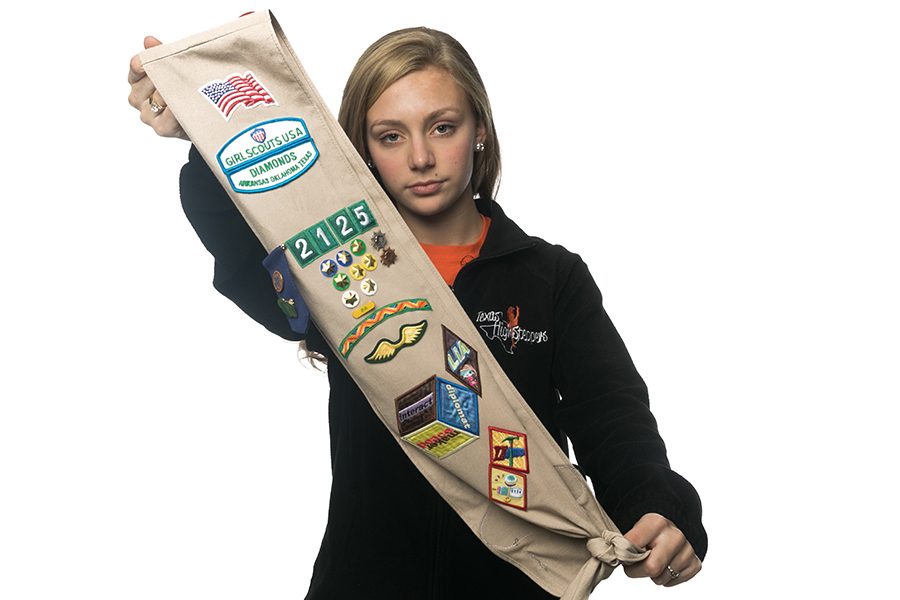

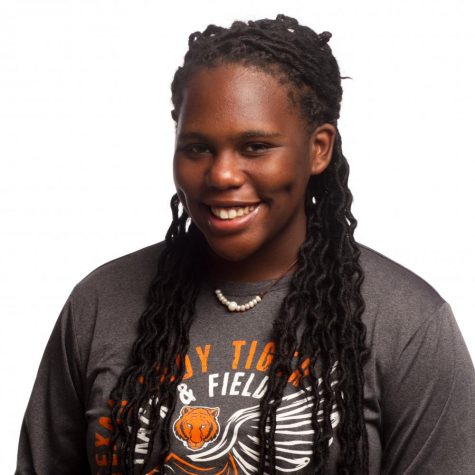












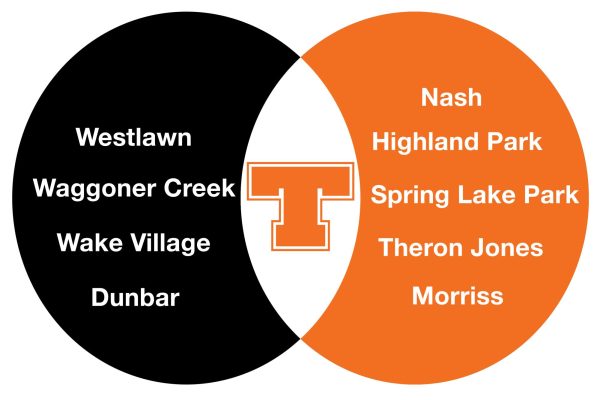

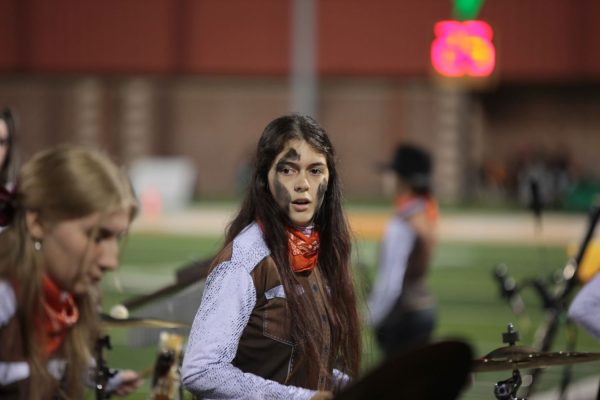
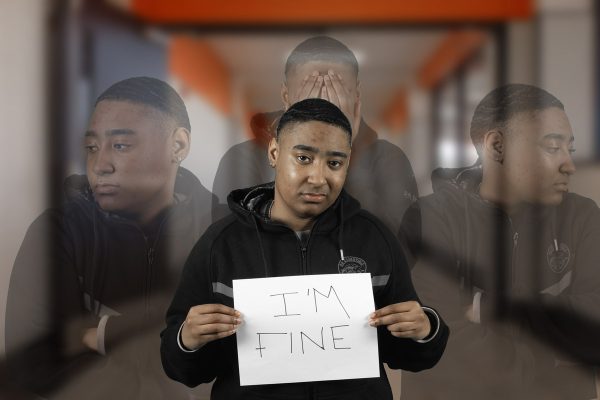

Irving Berlin • Nov 10, 2017 at 11:57 am
The laughing slowly turns into crying when you remeber that I have to live with all these socialist people.